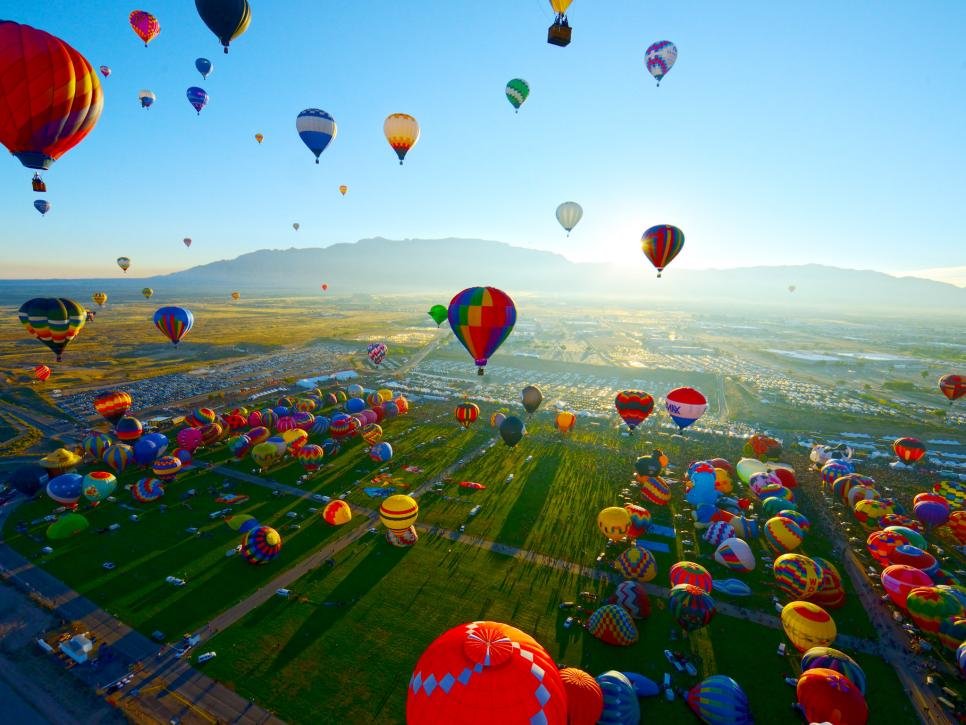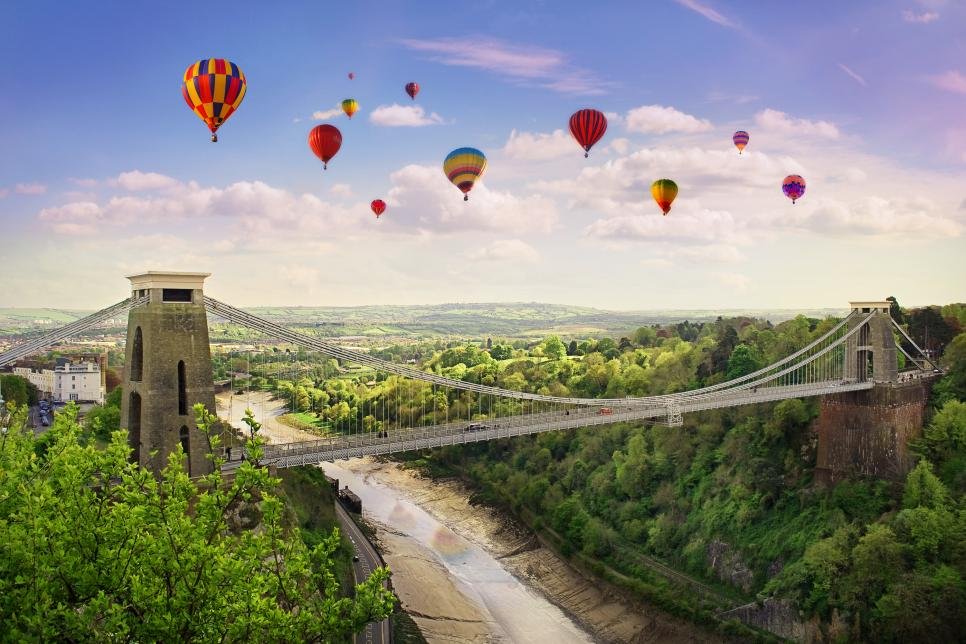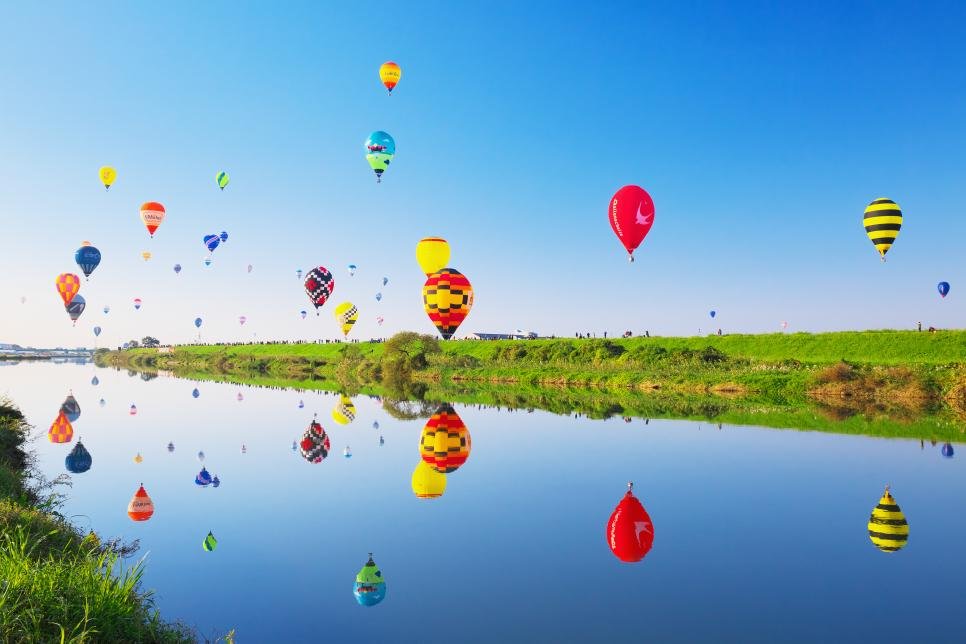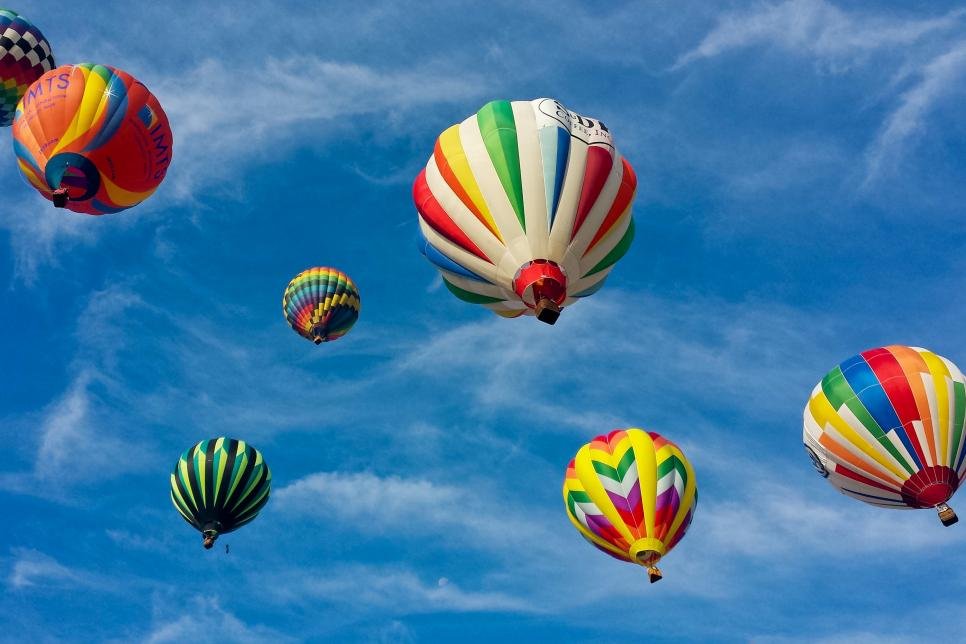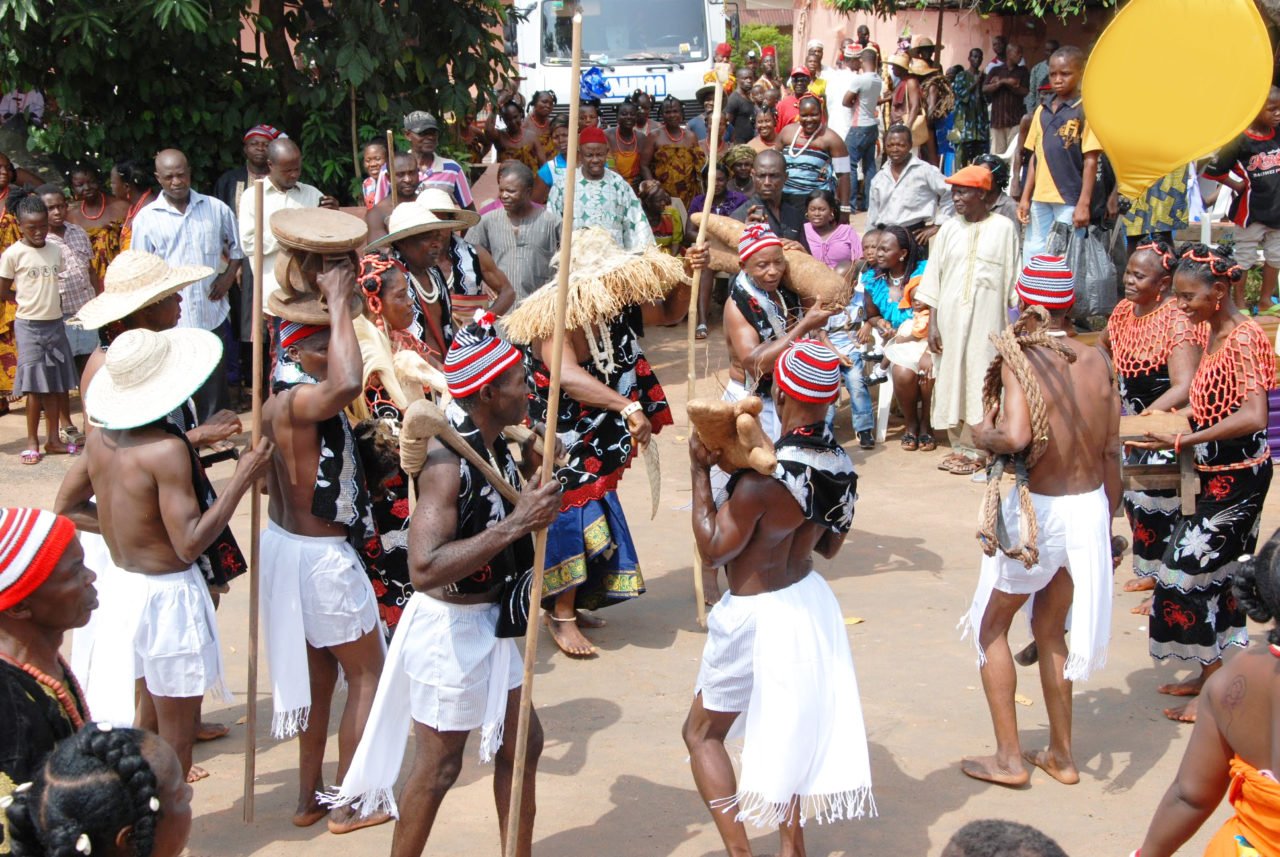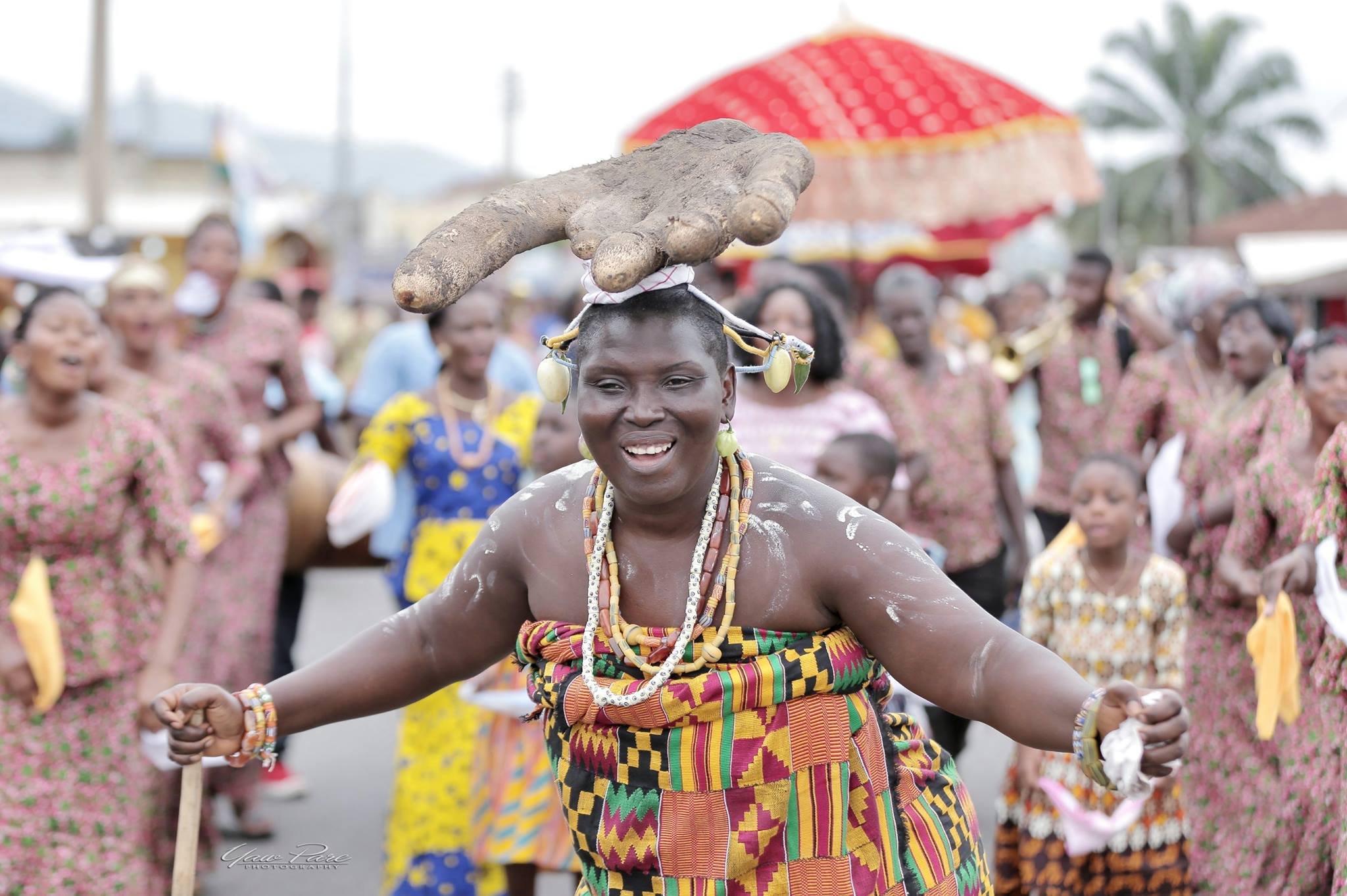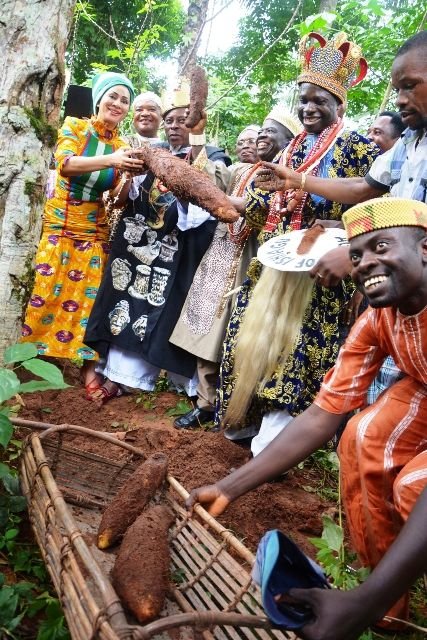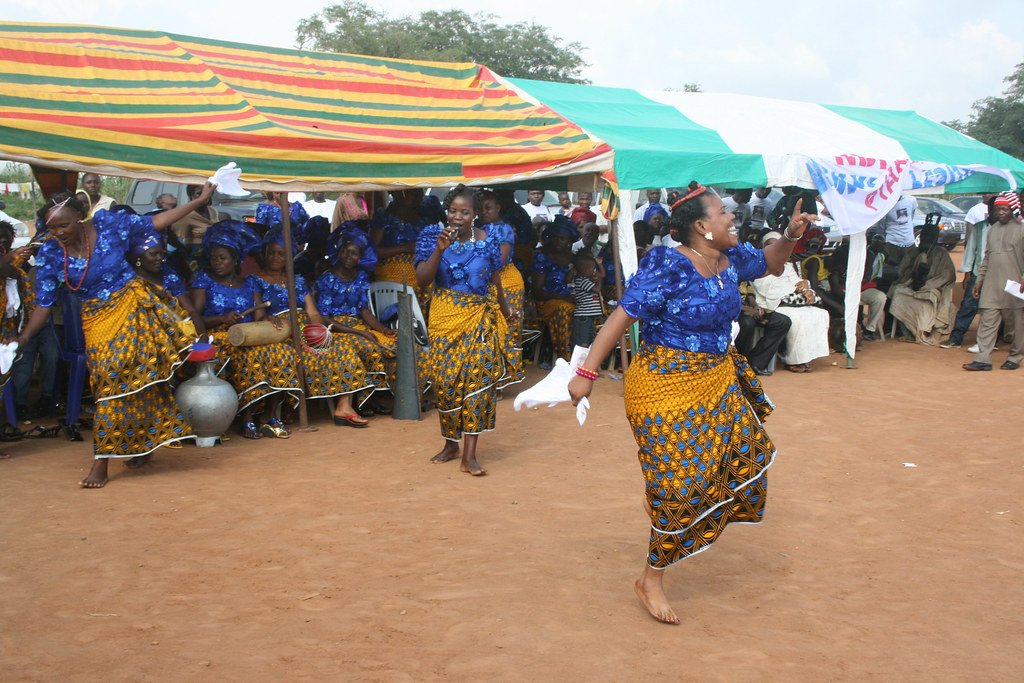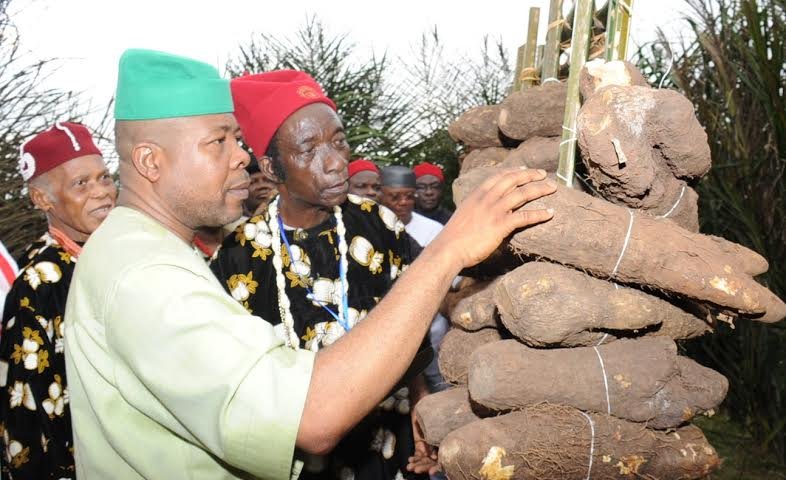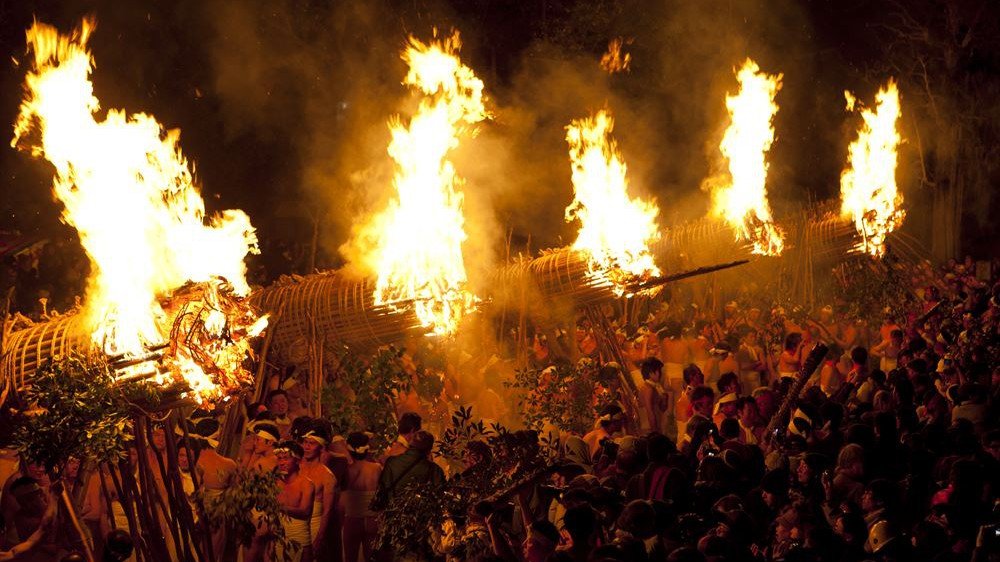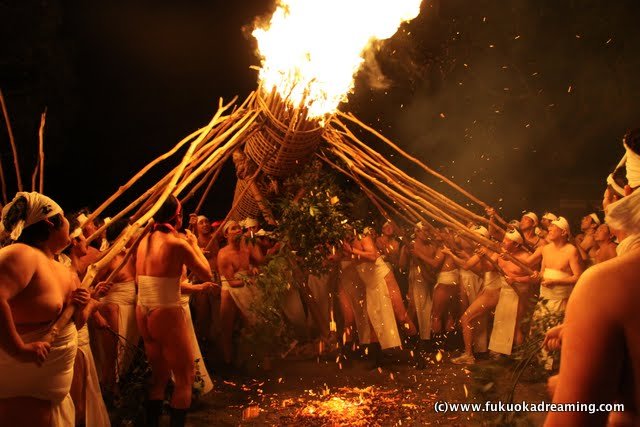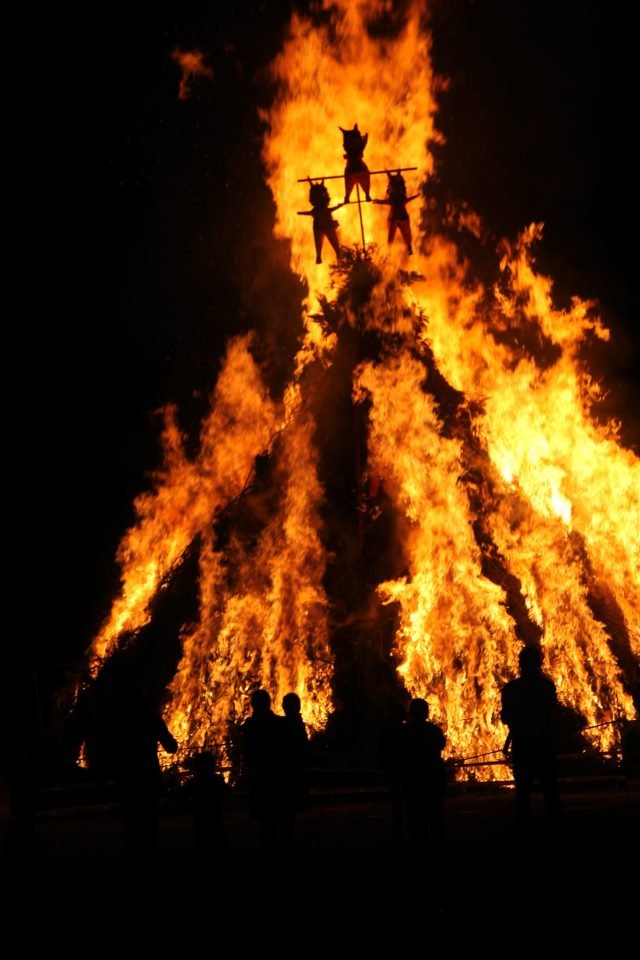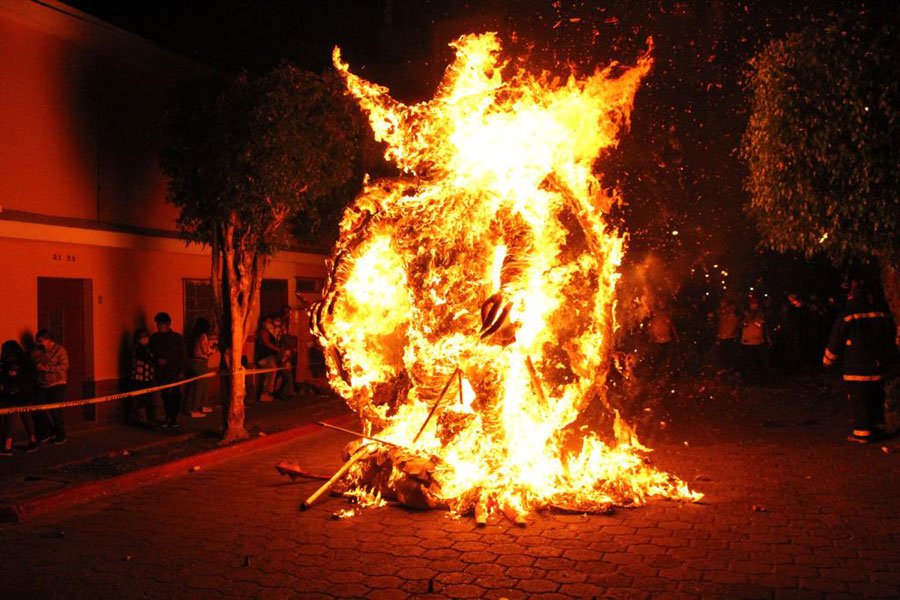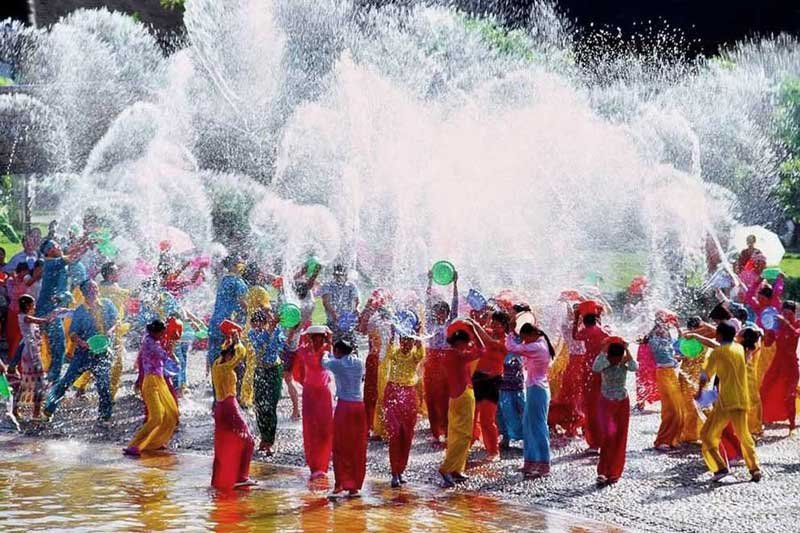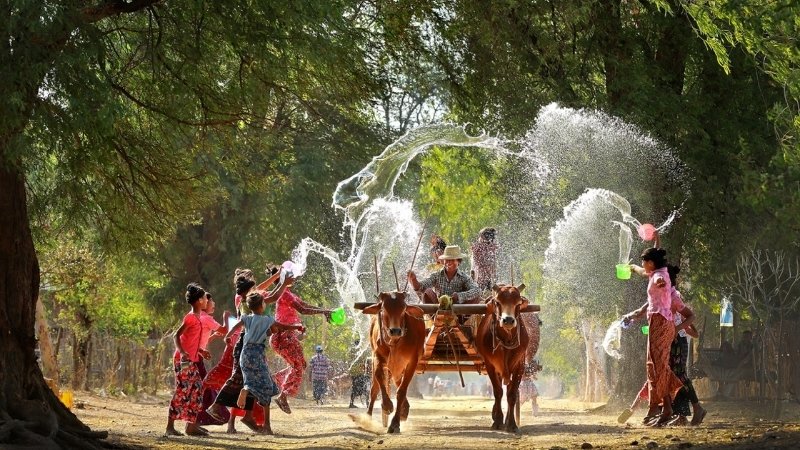An Introduction to Elemental Festivals
The easiest way for people to understand the impact of elemental practice is to look at moments where it’s so prevalent you can taste it. These are moments of a heightened presence of mind and body that are experienced when intent and nature are combined. The best examples of this are cultural festivals centered around an element. So, today, I’ll be diving into Elemental Festivals that are held internationally from modern events to ancient traditions. I would like to underline, before I jump in, that all of these experiences are being elevated by the impression of community and openness.
Air festivals centralize freedom and a captivation with peace in nature.
Humans being able to fly is a relatively new phenomenon so I’d like to look at the burgeoning traditions of Hot Air Balloon festivals. They have broken out across the globe drawing in up to hundreds of thousands of people at a time. These festivals focus on bringing together colorful balloons to paint the skyscapes. Riders experience the closest to full air immersion experience you can have outside of sky-diving; which occasionally makes an appearance at these festivals. In a life of constantly hunching over, these events give you a reason to look up. To see the expansion of air and sky floating above our heads.
Earth Festivals recognize both hardship and abundance. They embrace natural life cycles and the abundance of nature.
I guarantee you already have at one point celebrated Earth Day in one way or another. For some of us, it was a school field trip to a community garden, a day volunteering to clean up a park, or just taking the excuse to go hiking. Before there was a need for climate activism our appreciation of the earth was given at harvest festivals, but all across this planet, these celebrations are still performed. The Igbo people who live across Western Africa hold a New Yam Festival at the end of harvest and rainy season. Dance, food, art, and an offering ceremony all honor their central crop. The yams from the previous harvest must be used or discarded to create room for the new crop. The festival embraces the natural cycle of the earth.
Fire festivals act as purifiers and protection. Fire destroys what is no longer needed to make room for new growth.
The way we experience the elements vastly changes depending on where we are, but traditions allow us to find similarities in people who could not be further away. Fire has given us a lens through which to find a shared experience with the people of Japan and the people of Guatemala. Both use fire to rid their land of evil and ward off bad luck for the year. Once a year, the people of Kurume, Japan gather to ignite six enormous bamboo torches. This is known as Oniyo. Once lit, men dressed in nothing but loincloth despite the January cold carry the torches around the grounds for hours before laying them to rest at the base of the Daizenji Shrine. This parade of flames will exorcize the area of demons and once they all rest at the shrine gongs will ring to clear bad luck. Exactly one month before citizens across Guatemala will have already rid themselves of jealousies, petty grievances, and negativity in their lives. Any ember or ash that lands on you is considered extra protection. By collecting all trash and unwanted items in their houses to be burnt along with paper-mache devils. Pain and negativity are burned away and replaced with fireworks, food, music, and dance.
Water festivals regularly accompany New Years Celebrations and focus on honoring transformation and change.
For a full body experience, there is a myriad of water festivals across South East Asia where you can join a crowd of people splashing each other with water. Songkran in Thailand and Thingyan in Myanmar are both Buddhist based traditions of community-wide water fights. Chaul Chnam Thmey in Cambodia includes a ritual bath and pouring perfumed water on Buddha statues. These just scratch the surface, but they all utilize the enlivening experience of being in a festive water cleansing with a community of other free beings.

